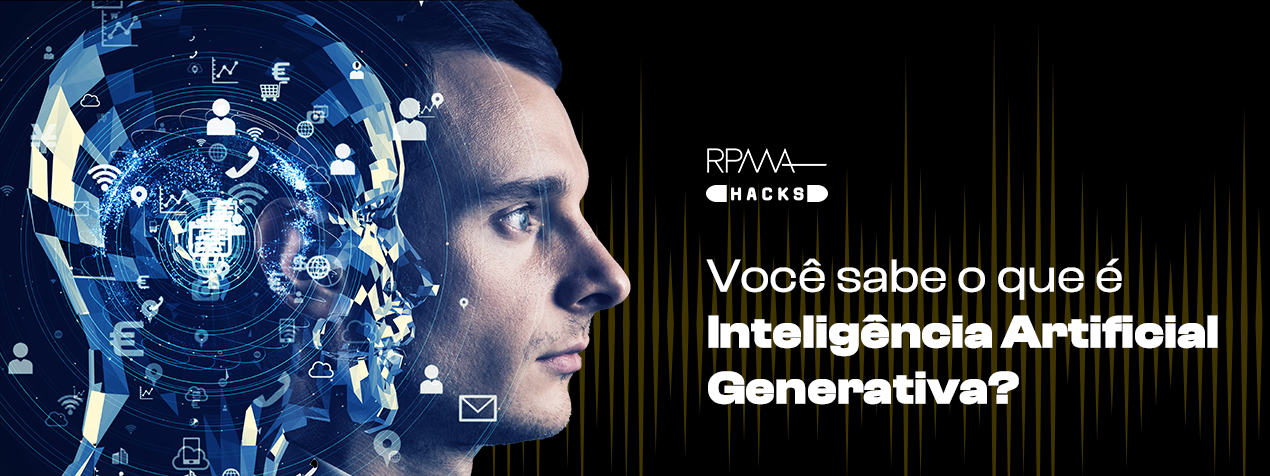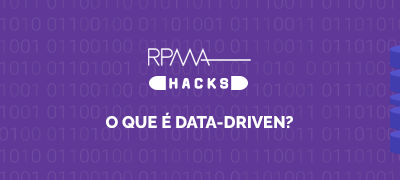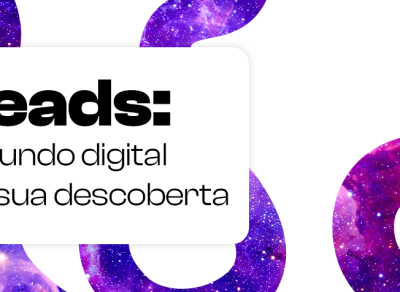If you think it’s the same as ChatGPT, you’re not wrong, but it’s much more than that
Demystifying AI before talking about Generative AI
Artificial intelligence is not a new thing. In fact, for over two decades, we’ve been experiencing a revolution in automation and digital intelligence that’s almost invisible but significantly impacts our lives.
This revolution is everywhere: in entertainment (all apps know what we like), IoT and the popularization of smart homes, healthcare (sophisticated surgeries performed by robots), maintenance (robots working in hazardous or unhealthy areas), industry (automated assembly lines), air transport (from check-in via apps to airplane autopilot), the military (drones), etc.
Thus, Generative AI is just another branch of AI.
Generative AI and ChatGPT
First and foremost, ChatGPT is a chatbot. And chatbots – applications that converse in natural language with the user – are not new. They’re on airline websites, banks, telecommunication companies, and service-providing companies. They emerged many years ago intending to automate and improve the effectiveness of customer service centers (SACs).
ChatGPT, developed by OpenAI, takes chatbots a step further by not being dedicated to a restricted and predefined list of topics; instead, the program is open to queries about any topic of interest. By using artificial intelligence, ChatGPT simulates a neural network based on the human brain and is programmed to learn while interacting with the user. The more you use it, the more it learns.
However, its immense database, built with all publicly available internet data, only goes up to 2021 (for now). With ChatGPT, you can produce email texts, movie scripts, stories, articles, travel itineraries, and song lyrics and even learn to program.
And ChatGPT is just a tiny part of Generative AI
Generative AI isn’t new, but it became more widely known with the launch of ChatGPT in November 2022. Since then, the world has turned upside down. Here are some figures, just to illustrate:
Generative AI
Generative AI generates unique content: texts, images, videos, music, and basic lines of code. It learns through pre-existing content on the internet to create new pieces without repetition. In addition to ChatGPT, OpenAI offers image generators to the public, such as Dall-E 2 and Dream Studio.
The trend is for Generative AI to be increasingly used in the field of design and creation in its various areas of use (digital marketing agencies, designers, and the world of arts in general).
The technological basis of Generative AI
ChatGPT is not alone. Google has just launched its intelligent chatbot, Bard. Similarly, Dall-E 2 also has its competitors in image production, such as Midjourney.
Behind these Generative AI apps, we find powerful algorithms based on neural networks and machine learning. OpenAI’s algorithm is GPT-3.5 and, more recently, GPT-4. Google’s algorithm is LamDA (a language model for dialogue applications), created in 2017, and a transformer (a neural network architecture designed to process data sequences, such as text or audio).
Interesting fact: in June 2022, Blake Lemoine, a former software engineer at Google, was fired for claiming that LamDA had a soul and consciousness!
How far can Generative AI go?
Of course, immediate concerns are related to job loss. This is similar to the Industrial Revolution in the early 20th century or the automation of production lines at the end of the same century. Sequoia Capital, one of the world’s largest technology investors, predicts that by 2030, Generative AI will be able to produce texts, images, and videos and design and code better than human professionals in the same areas.
However, we can generally and somewhat riskily assert that Generative AI won’t take away the jobs of the most creative professionals. This is because it can boost the potential to produce unique and relevant things in less time, with a smaller budget and more creativity. But this is only if they become good operators of Generative AI.
And, to wrap up
On March 30, 2023, Estadão published a reprint of an article in which Elon Musk and some technology market exponents propose “pausing AI development to think about controls.” Paradoxically, Musk is the founder of Neuralink, which in 2019 presented a brain implant capable of reading thoughts, allowing users to control their computers and cellphones with their minds.
The ethical boundaries of using Generative AI technologies are thin, with enormous risks of producing fake and deepfake content. We can already anticipate cases of software replacing humans in exams and competitions, the risk of mass unemployment, and even the use of technology in wars between countries. This was discussed in dozens of panels at the recent SXSW. What to do about it? At the very least, we must discuss and implement usage rules in companies and some government regulations, which will undoubtedly come.





 How can we help?
How can we help?